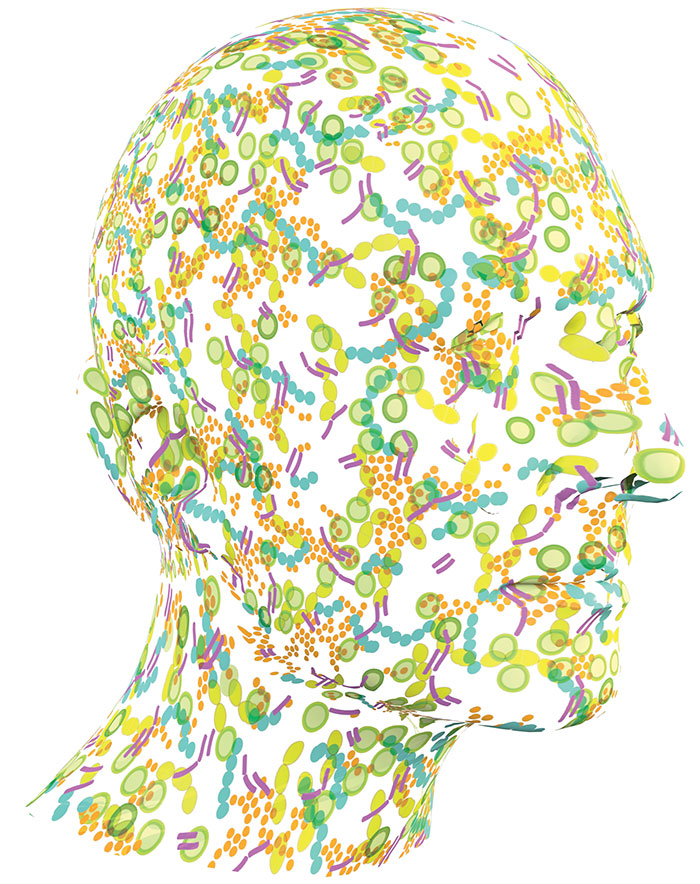News
Head Room: Department of Chemistry Glassblowing Shop
Mike Ronalter and Adam Kennedy discuss the balance between art and craft in their experience as scientific glassblowers in the Department of Chemistry at The University of Texas at Austin. The glassblowing shop is critical for chemistry researchers, with their daily needs for various shapes and styles of glass for their projects.
The Media Has Gone 'Crazy' for These Ants
Ed LeBrun, a research associate with the Texas Invasive Species Research Program at the Brackenridge Field Laboratory in UT Austin’s College of Natural Sciences, has discovered that the invasive crazy ant is able to outcompete fire ants by secreting a compound that neutralizes fire ant venom. This has brought the crazy ant back to the forefron...You Are Your Microbiome

Have you ever felt not completely like yourself? You’re not alone. In fact, you’re never really alone. No matter how hard you may try, you’re always in the company of 100 trillion microbial friends.
Seahorse Heads and Their 'No Wake Zone' Make a Splash in the News
Research associate Brad Gemmell and professor Ed Buskey, both of the University of Texas Marine Science Institute, have discovered that the shape of a sea horse's head is what allows it to catch its swift moving prey. The pair's research has received a large amount of media coverage. Here's a round up of a few of the stories: New York Times - Dec....Media Roundup: Tiny 3-D Cages for Studying Bacteria
Chemistry professor Jason Shear and molecular biosciences professor Marvin Whiteley, along with a team including postdoc Jodi Connell, have found a way to use 3-D printing to create "cages" that can be used to isolate bacteria to see and study how they interact. The group has received a vast amount of media attention highlighting their research. P...These Mice Sing to the Skies to Avoid Forest Confrontations
Postdoc Bret Pasch and his colleagues have discovered that two species of singing mice use their voices to claim territory.
Ecuador Exposes Rain Forest and its Inhabitants to Oil Extraction Effort
The national park in Ecuador where neuroscientist Max Snodderly performs his research on monkeys is now being opened up for oil exploration.
Outdoors: Tarpon Scales Contain Keys to Life Tales
Researchers at our Marine Science Institute are using the scales of tarpon fish to learn about their mysterious movement and habitats.
New Method of Desalination Requires Little Energy
Richard Crooks and collaborators developed a new method to remove salt from seawater using a small electric field.




















